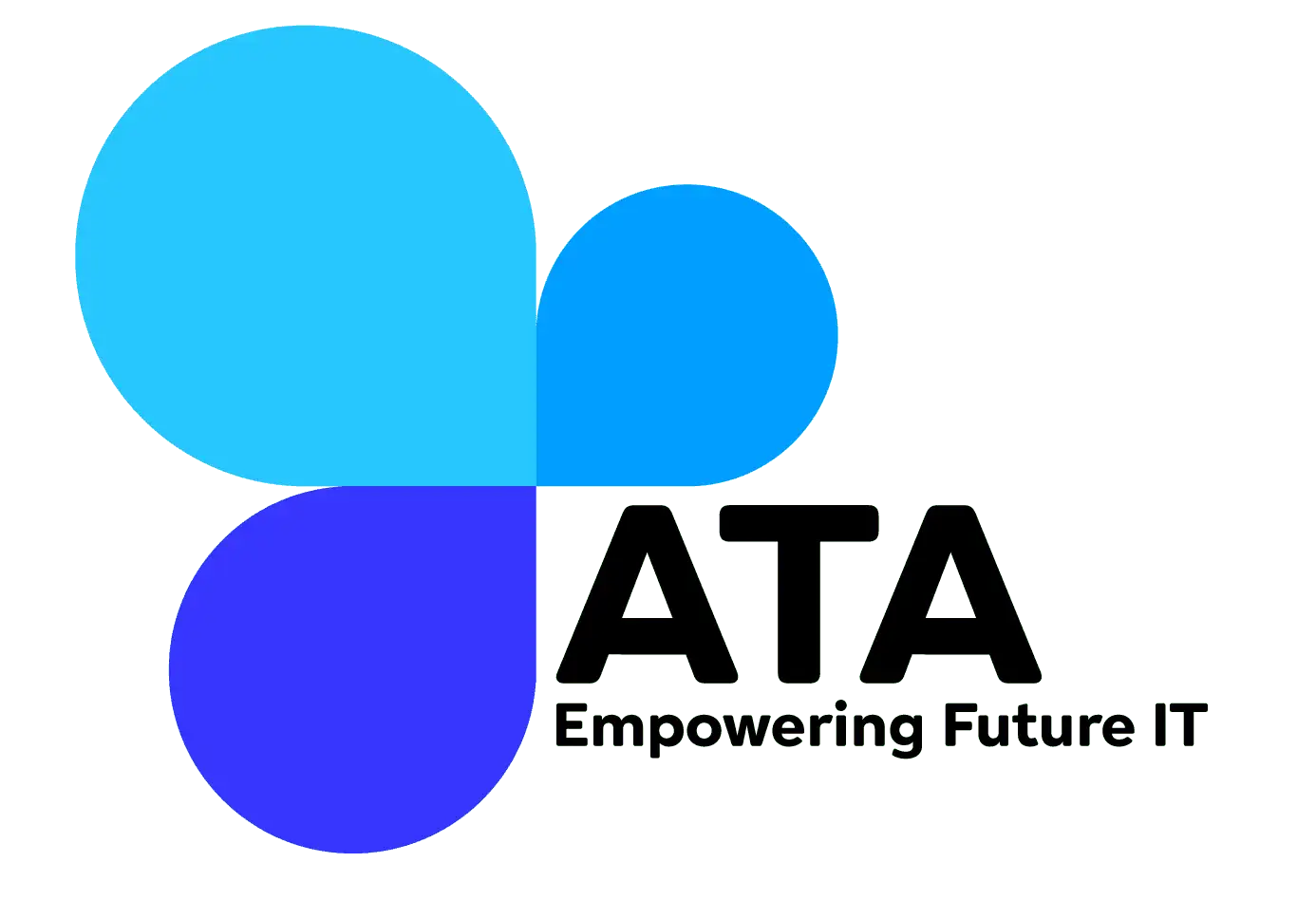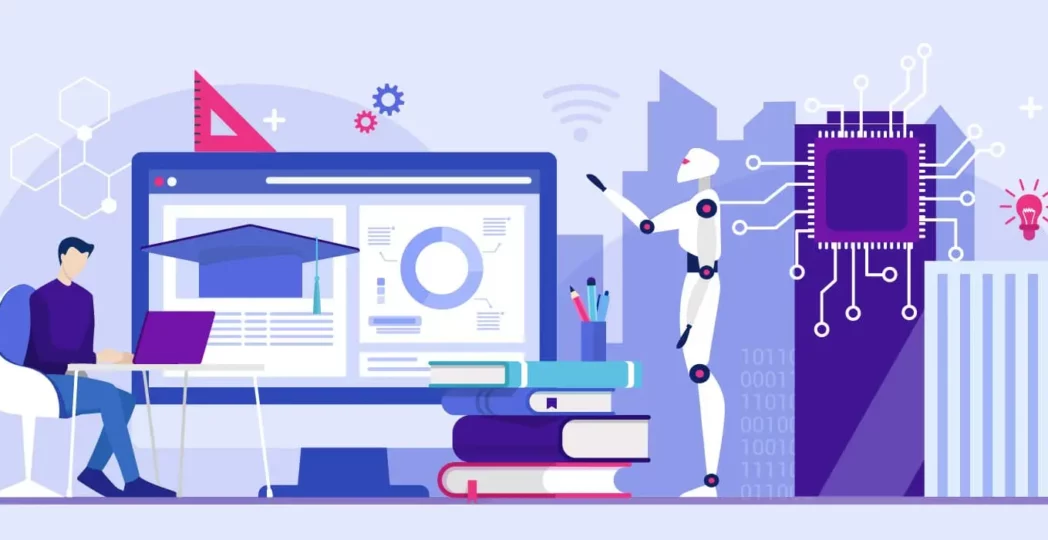Artificial Intelligence (AI) has rapidly evolved from a futuristic concept to a transformative force reshaping industries, from healthcare to finance to customer service. One key to unlocking AI’s full potential lies in understanding AI Technologies and Applications (ATA), which provide the tools, frameworks, and approaches necessary to build intelligent systems that can learn, adapt, and make decisions.
In this blog post, we’ll dive into how you can leverage ATA to build practical, real-world AI models. We will explore the key concepts behind AI technologies, look at some of the most common AI applications, and guide you through the tools and frameworks that can help you develop your own intelligent applications.
Overview: Leveraging ATA to Build Intelligent Systems
At its core, AI Technologies and Applications (ATA) is about using AI to solve real-world problems. Whether you’re building a recommendation engine for an e-commerce platform, developing predictive analytics for healthcare diagnostics, or creating an AI chatbot for customer service, ATA provides the foundation for making these solutions work.
This guide focuses on:
- Understanding the foundational AI concepts
- Exploring practical applications across industries
- Learning the tools and frameworks that make AI development accessible and scalable
Key Areas to Master AI with ATA
1. Introduction to AI Technologies
To build intelligent systems, it’s important to understand the core AI technologies that power these solutions. These include:
- Machine Learning (ML): The ability of computers to learn from data without being explicitly programmed. ML is the backbone of many AI applications, including prediction, classification, and clustering.
- Deep Learning (DL): A subset of machine learning that uses neural networks with many layers to model complex patterns in data. DL powers applications such as speech recognition, image classification, and natural language processing.
- Natural Language Processing (NLP): A branch of AI focused on enabling machines to understand and process human language. NLP is used in chatbots, translation systems, and sentiment analysis.
- Computer Vision: The field that enables machines to interpret and make decisions based on visual data. It’s behind image recognition systems, facial recognition, and autonomous vehicles.
The Evolution of Education: From Tradition to Innovation
Historically, education was a static process, where knowledge was passed down from teacher to student in a classroom setting. While this model served society well for centuries, it began to show cracks in the modern world. Traditional educational methods were often criticized for their rigidity, one-size-fits-all approaches, and inability to cater to diverse learning styles and needs.
As the world has become more interconnected and fast-paced, there’s been a shift towards more personalized and accessible forms of learning. Today, education is evolving with the integration of:
- Online Learning: Massive Open Online Courses (MOOCs) and platforms like Coursera, edX, and Khan Academy have revolutionized access to learning. Students now have the ability to take courses from top universities and experts around the globe, often for free or at a fraction of the cost of traditional tuition.
- AI and Data Analytics: Artificial intelligence is becoming a powerful tool in education. AI can help personalize learning experiences by adapting content to individual student needs, monitoring progress, and providing instant feedback. Additionally, data analytics help educators understand students’ strengths and weaknesses, enabling them to intervene more effectively.
- Gamification: Applying game-design elements in education, such as points, levels, and rewards, makes learning more engaging and motivating for students. By turning learning into a game-like experience, students are more likely to stay engaged, retain information, and develop a love for learning.





